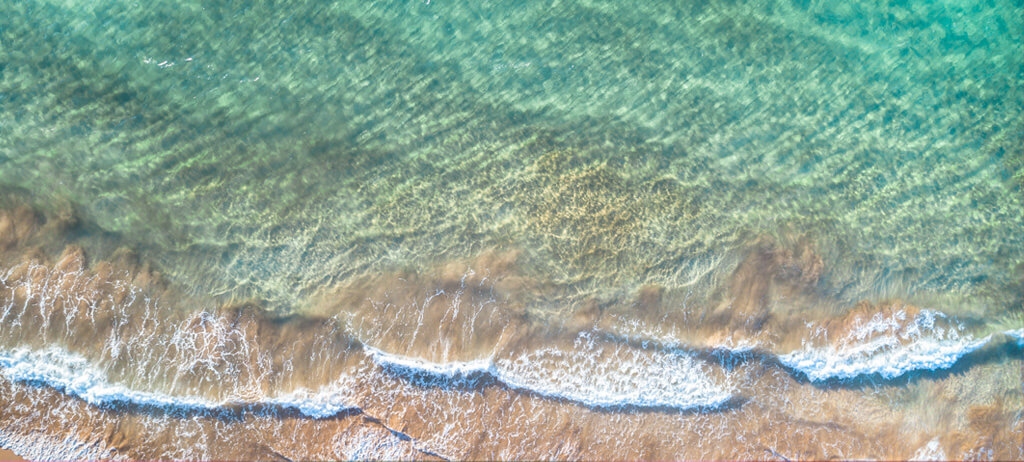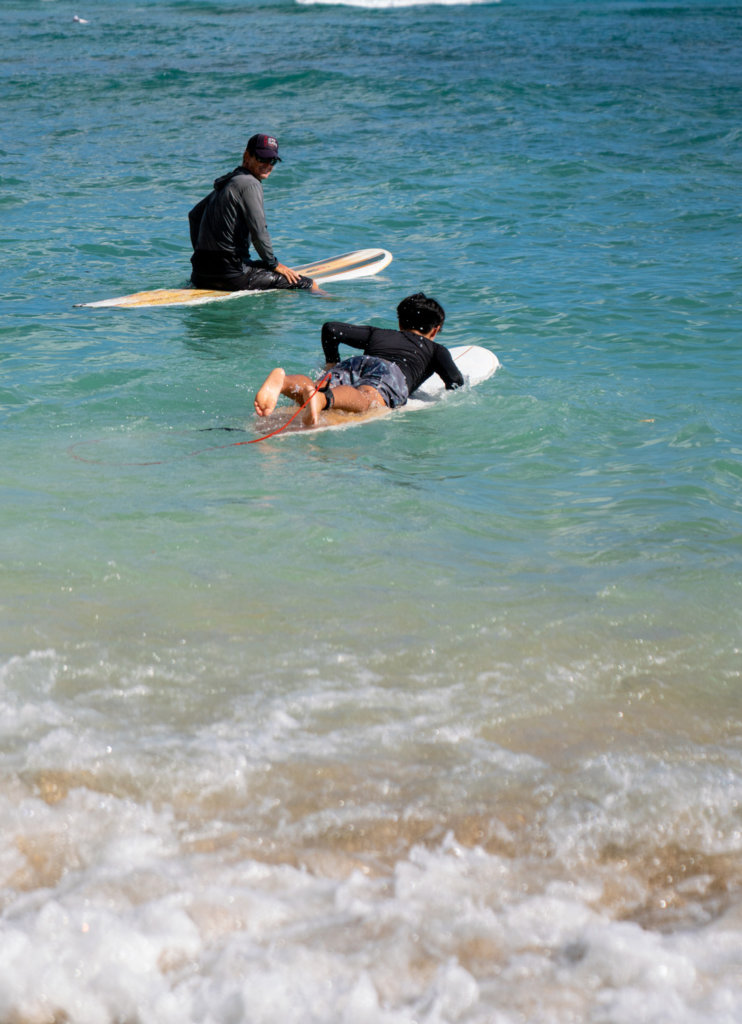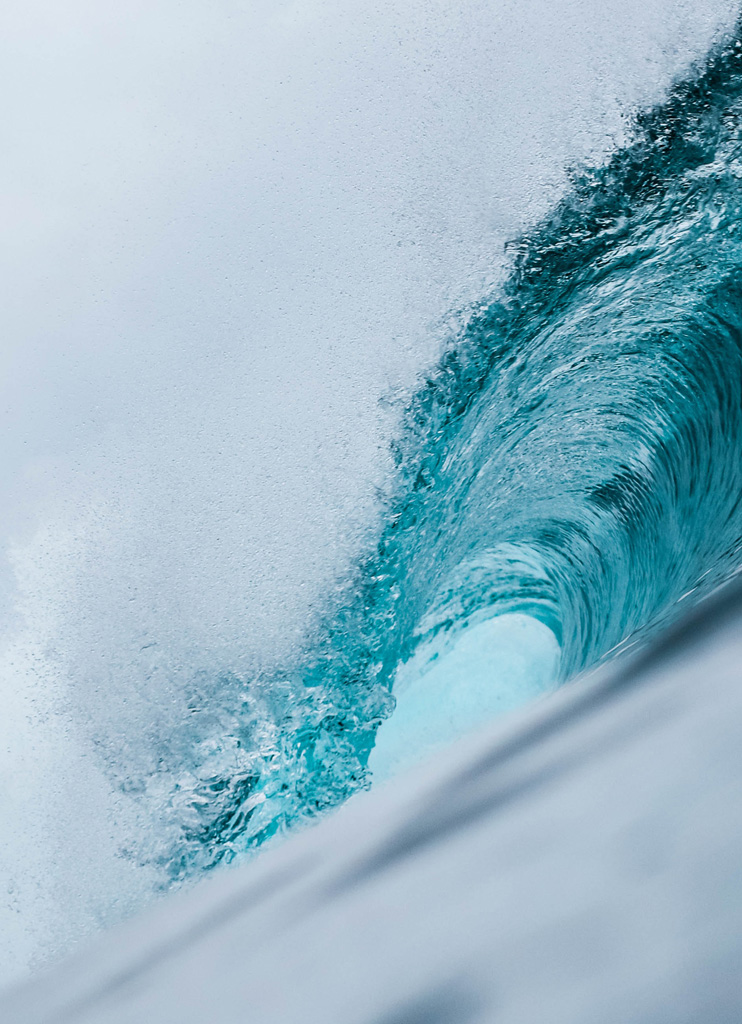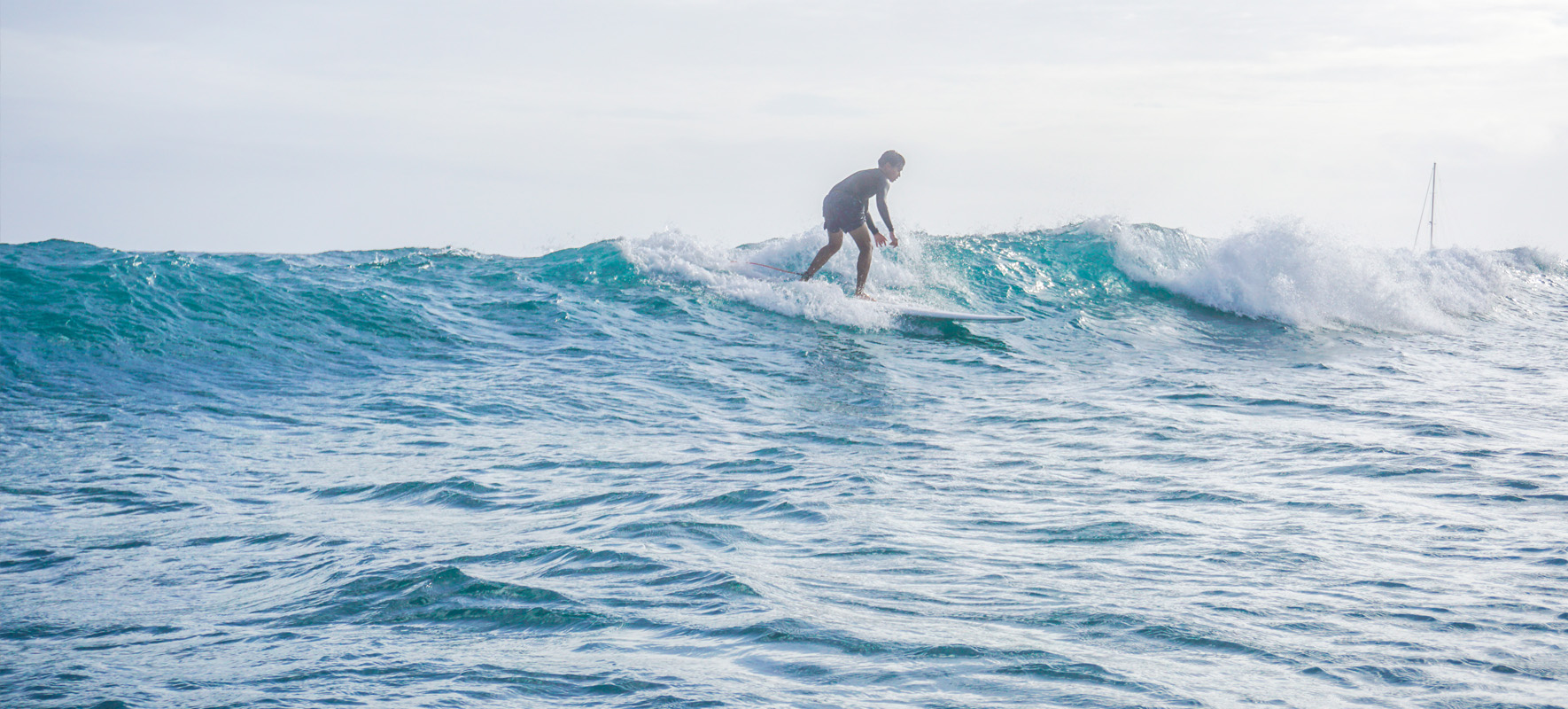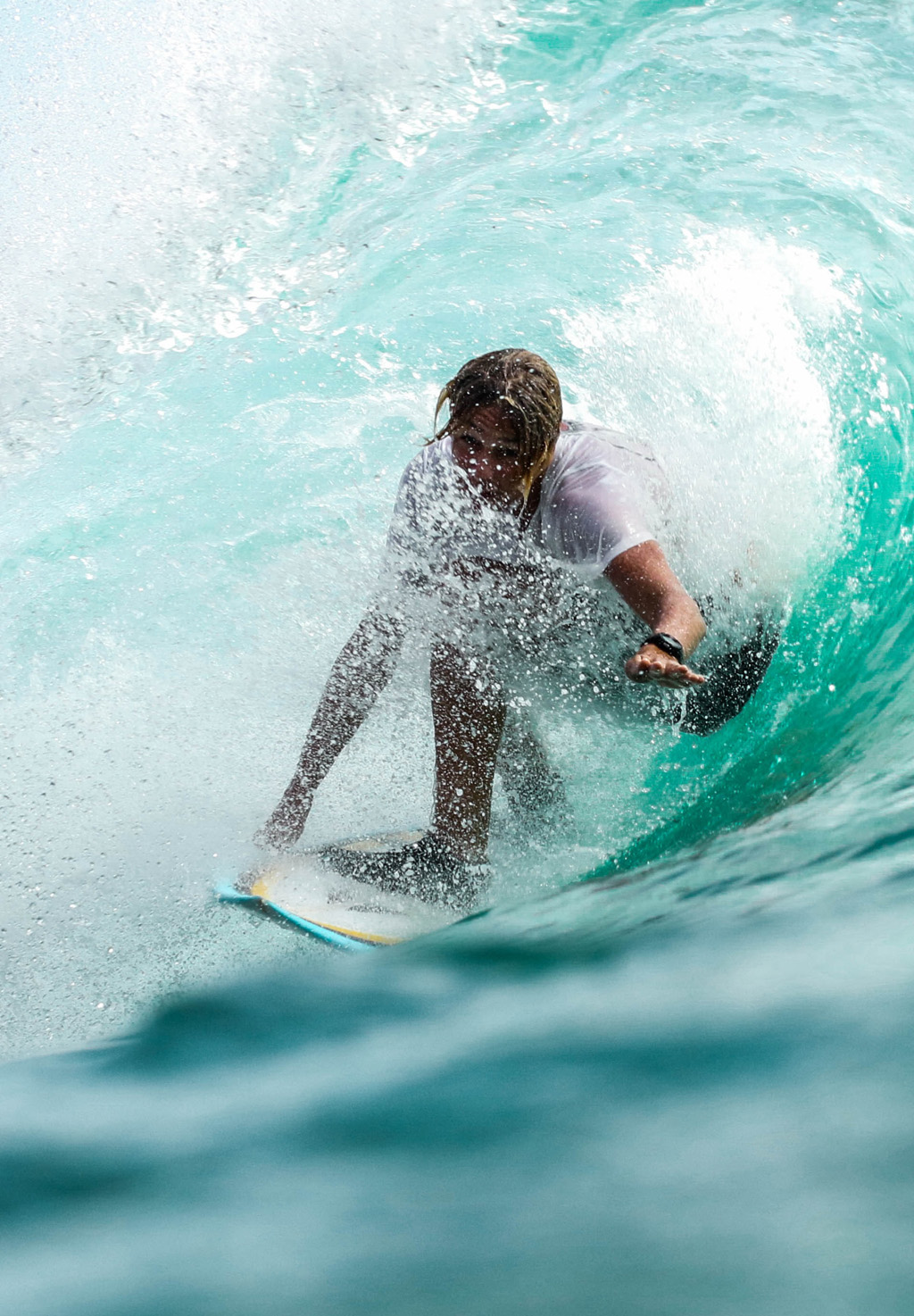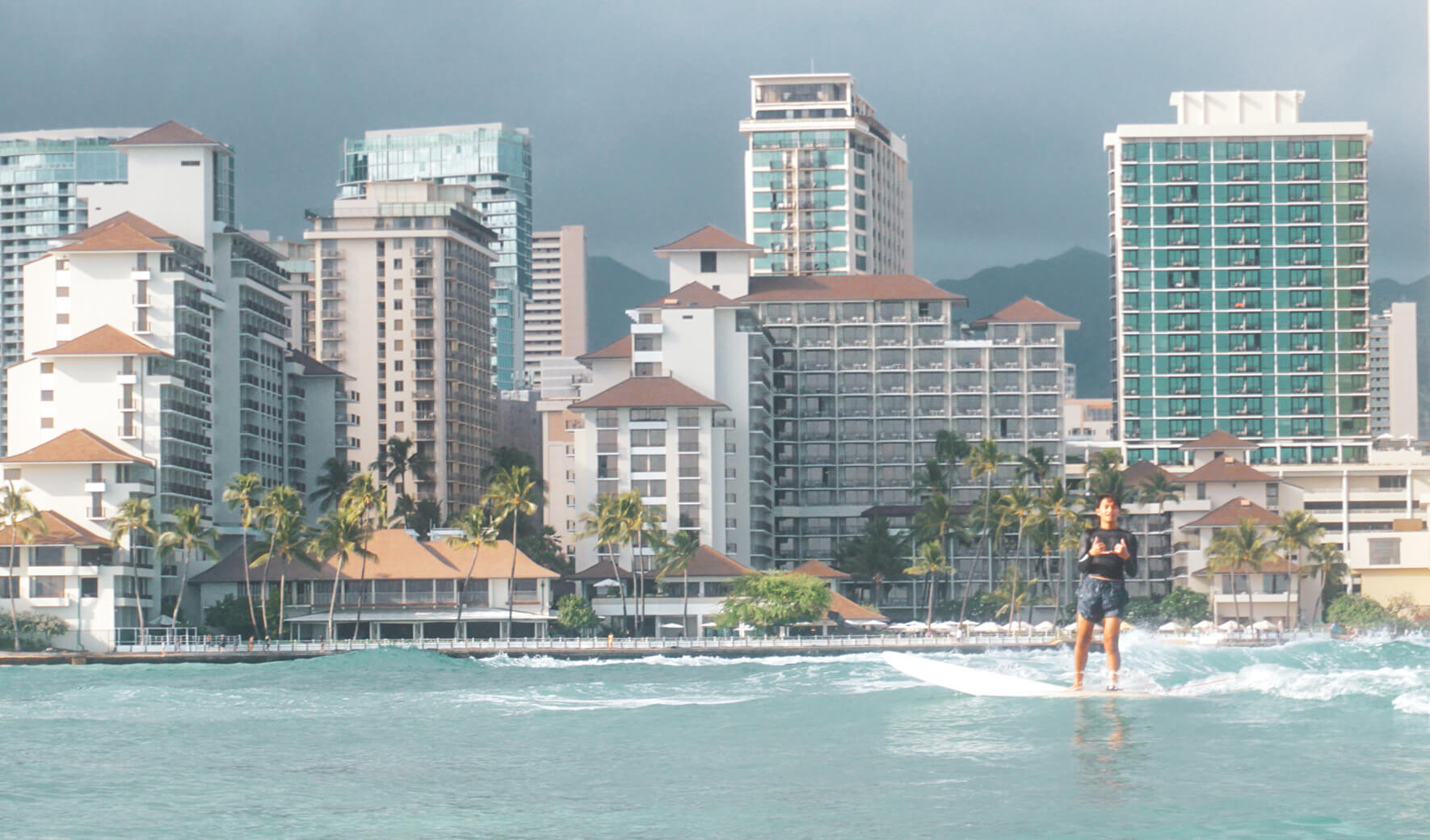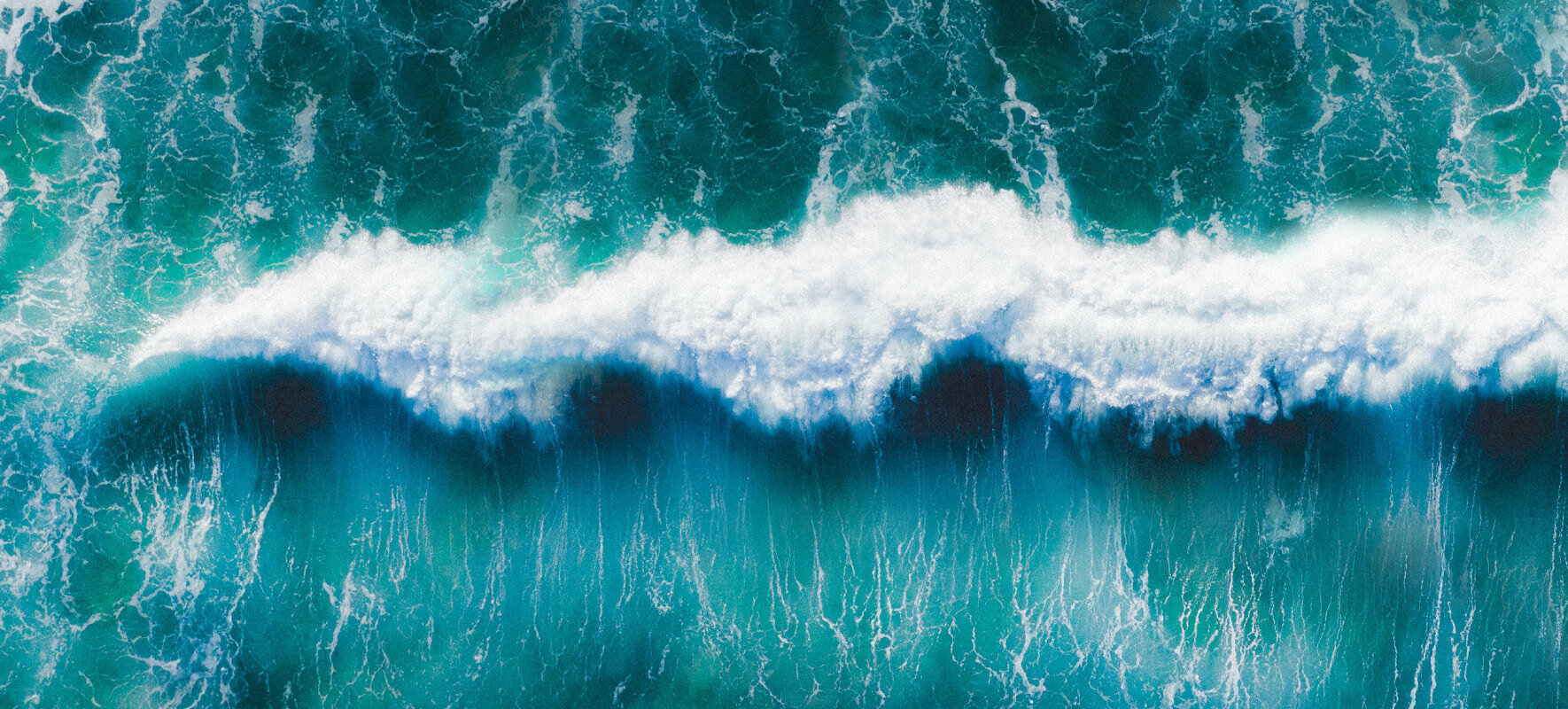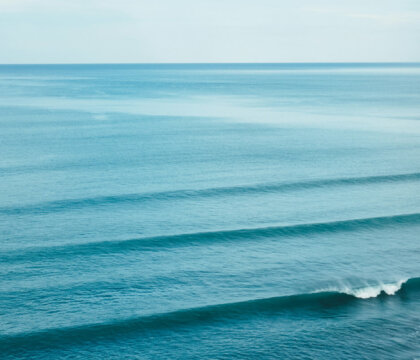Waikiki is known for its world-renowned beaches and iconic surf breaks.
The waves that roll into Waikiki are not just any ordinary waves, but rather a unique phenomenon that is deeply rooted in Hawaiian culture and history. Among these waves is a legendary surf spot known as “Pops,” located in front of the Halekulani Hotel, which holds a special place in the hearts of many surfers and locals alike.
The waves of Waikiki are shaped by a complex interaction of wind, tides, and ocean currents. As the trade winds blow across the ocean, they create swells that travel thousands of miles before reaching the shores of Hawaii. When these swells encounter the shallow reefs and sandy beaches of Waikiki, they begin to transform into the rolling waves that surfers around the world dream of riding.
Pops is one of the most famous surf spots in Waikiki, and for good reason. It is a long, mellow wave that is perfect for beginners and experienced surfers alike. Surfing Pops is a unique experience that captures the essence of Hawaiian surf culture. The waves are gentle and forgiving, but also powerful and dynamic, offering surfers the chance to hone their skills and connect with the ocean in a profound way. The lineup at Pops is also a diverse and welcoming community, with surfers from all backgrounds and skill levels coming together to share waves and stories.
Beyond Pops, Waikiki offers a wide range of surf breaks that cater to all levels of surfers, from the gentle rolling waves of Queen’s Beach to the challenging reef breaks of Ala Moana Bowls. Each wave has its own unique character and personality, reflecting the rich diversity and natural beauty of Hawaii.
Anatomy of a Wave
Waves are a fundamental aspect of the natural world, and they can be observed in many different contexts, from ocean waves to sound waves to light waves. Waves are characterized by their ability to transfer energy from one place to another, without actually transporting any matter. In the case of ocean waves, the energy is transferred through the movement of water particles, which are set into motion by the wind.
Gravity, buoyancy, and surface tension are the three guiding physical principles that govern the motion of ocean waves. As waves travel through the water, they create a disturbance in the water column, which causes the water particles to move in a circular motion. The motion of the particles is greatest at the surface of the water, where the circular motion becomes elliptical causing the wave to break and create a surge of water that can be dangerous for swimmers or surfers.
The behavior of ocean waves is also affected by a number of environmental factors, including the depth of the water, the shape of the shoreline, and the presence of underwater obstacles. In shallow water, for example, the wavelength of the wave is reduced, causing the wave to become steeper and more prone to breaking. Similarly, waves that encounter a steeply sloping shoreline are more likely to break than waves that encounter a gradual slope.
The study of waves is a complex and fascinating subject that involves a deep understanding of physical principles, mathematics, and environmental factors. By understanding the anatomy of waves, we can better appreciate the beauty and power of the natural world.
How to Ride a Wave on a Surfboard
Riding a wave on a surfboard is one of the most exhilarating experiences that one can have in the water. It takes a lot of practice and skill to master, but with the right technique and approach, anyone can learn how to ride a wave on a surfboard.
Step 1: Paddle Out
The first step in riding a wave on a surfboard is to paddle out to the lineup. This involves getting past the breaking waves, which can be challenging in rough conditions. To paddle out, lie on your board and paddle with your arms and legs, using a combination of freestyle and breaststroke techniques. Make sure to keep an eye on the waves and the other surfers in the lineup and try to time your paddle out to avoid getting caught in the impact zone.
Step 2: Position Yourself
Once you have made it to the lineup, it is important to position yourself in the right spot to catch a wave. This involves reading the waves and identifying the peak, which is the highest point of the wave. Position yourself slightly outside and at an angle to the peak, so that you can paddle towards it and catch the wave at the right moment.
Step 3: Catch the Wave
As the wave approaches, paddle hard towards the shore, using your arms to generate speed and momentum. As the wave starts to lift your board, pop up to your feet by pushing up with your arms and swinging your back foot forward. Keep your weight forward and your eyes focused on the section of the wave that you want to ride.
Step 4: Ride the Wave
Once you are up on your feet, it is important to maintain your balance and control as you ride the wave. This involves shifting your weight and adjusting your body position as the wave moves beneath you, using your arms to maintain stability and direction. Try to stay in the pocket of the wave, which is the most powerful and dynamic section, and use the wave’s energy to generate speed and momentum.
Step 5: Finish the Ride
As the wave starts to lose momentum and begin to break, it is important to exit gracefully and safely. This involves carving or turning your board to the side, leaning back and sitting down, or jumping off your board and diving under the wave. Try to avoid getting caught in the whitewater, which can be turbulent and disorienting.
Riding a wave on a surfboard is a thrilling and challenging experience that requires practice, skill, and a deep connection to the natural world. By following these steps and techniques, anyone can learn how to catch a wave and experience the rush of surfing. Remember to always respect the ocean and the other surfers in the lineup, and to always practice good etiquette and safety measures.
The waves of Waikiki are more than just a natural wonder – they are a symbol of the deep connection between Hawaiian culture and the ocean. Whether you are a seasoned pro or a first-time surfer, riding the waves of Waikiki is an experience that will stay with you forever.
